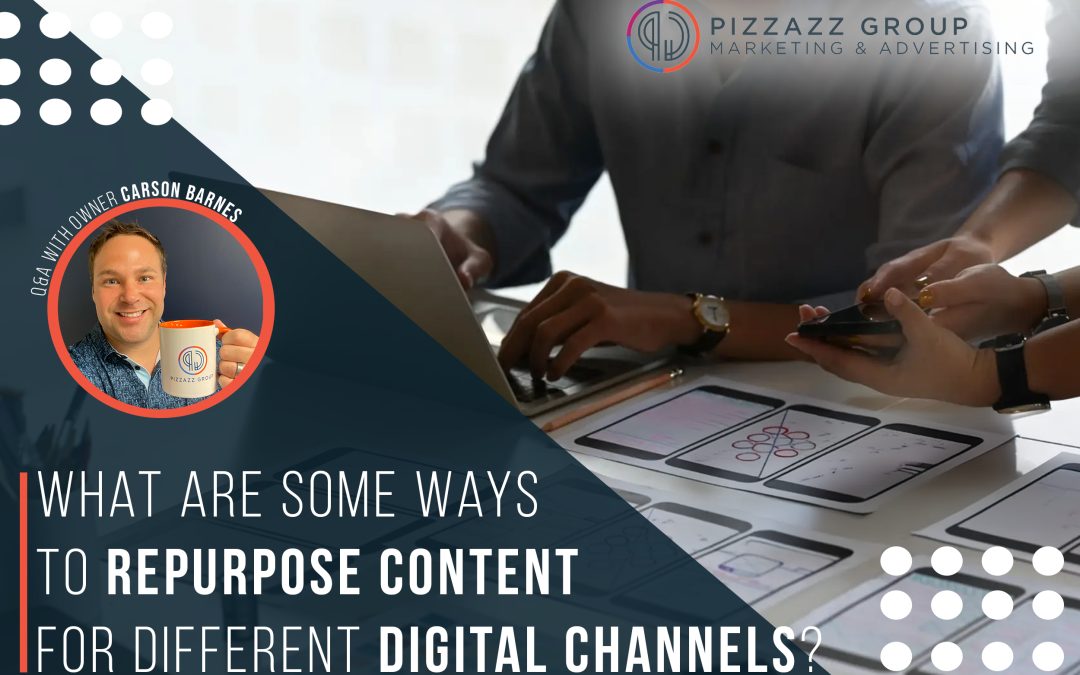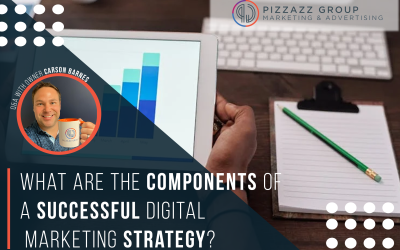
Repurpose content involves taking existing content and adapting it for use across different digital channels, formats, and audiences. This approach not only extends the lifespan of content but also amplifies reach, improves SEO, and enhances engagement. In this comprehensive guide, we explore various effective strategies and best practices for repurposing content across different digital channels.
Why Repurpose Content?
Repurpose content offers several key benefits.
• Maximize Reach: Reach a wider audience by adapting content to different platforms and formats.
• Enhance SEO: Increase visibility and search engine rankings by publishing content in various forms.
• Save Time and Resources: Leverage existing content assets to create new pieces, reducing production time and costs.
• Boost Engagement: Appeal to different audience preferences and behaviors with tailored content formats.
• Drive Conversions: Guide users through the customer journey with content optimized for each stage.
Repurpose content involves taking existing content and adapting it for use across different digital channels, formats, and audiences. This approach not only extends the lifespan of content but also amplifies reach, improves SEO, and enhances engagement. In this comprehensive guide, we explore various effective strategies and best practices for repurposing content across different digital channels.
Why Repurpose Content?
Repurpose content offers several key benefits.
• Maximize Reach: Reach a wider audience by adapting content to different platforms and formats.

• Enhance SEO: Increase visibility and search engine rankings by publishing content in various forms.
• Save Time and Resources: Leverage existing content assets to create new pieces, reducing production time and costs.
• Boost Engagement: Appeal to different audience preferences and behaviors with tailored content formats.
• Drive Conversions: Guide users through the customer journey with content optimized for each stage.
Effective Strategies for Repurposing Content
1. Blog Posts to Infographics
6. Customer Testimonials to Social Proof
7. Ebooks to Blog Series
8. Data Reports to Interactive Content
Best Practices for Successful Content Repurposing
1. Understand Audience Preferences
2. Maintain Consistency Across Channels
3. Optimize for SEO
4. Promote Across Channels
5. Monitor and Measure Performance
Use analytics tools to track performance metrics such as traffic, engagement rates, conversion rates, and lead generation. Adjust content strategies based on data-driven insights to optimize results.
Conclusion
Repurpose content for different digital channels is a cost-effective strategy to maximize reach, engagement, and conversions in digital marketing. By adapting existing content into various formats such as infographics, videos, blog posts, and email series, businesses can cater to diverse audience preferences and behaviors. Implement best practices, monitor performance metrics, and continuously optimize your content repurposing efforts to drive meaningful results and achieve marketing objectives. Embrace creativity, data-driven insights, and strategic planning to leverage the full potential of your content assets across the digital landscape.
For more information on a tailored Digital Marketing Plan for your business, contact Pizzazz Group at customer@pizzazzgroup.com or by calling (614) 350-1681.
Related Q&A With Owner Carson Barnes Blogs
How Do You Generate Digital Marketing Leads For My Business?
Lead generation in digital marketing involves attracting and converting prospects into potential customers through various online channels and tactics. This comprehensive guide explores proven techniques, strategies, and best practices to help you generate quality...
What Are The Components Of A Successful Digital Marketing Approach?
In today's digital age, an effective digital marketing strategy is essential for businesses aiming to reach and engage with their target audience, drive traffic to their websites, generate leads, and ultimately, increase conversions and revenue. A well-rounded digital...
What Are Some Digital Marketing Software & Tools Used In Marketing Campaigns?
Leveraging the right digital marketing software & tools can significantly enhance the effectiveness and efficiency of marketing campaigns. From analytics and automation to social media management and SEO optimization, there is a plethora of tools available to...





